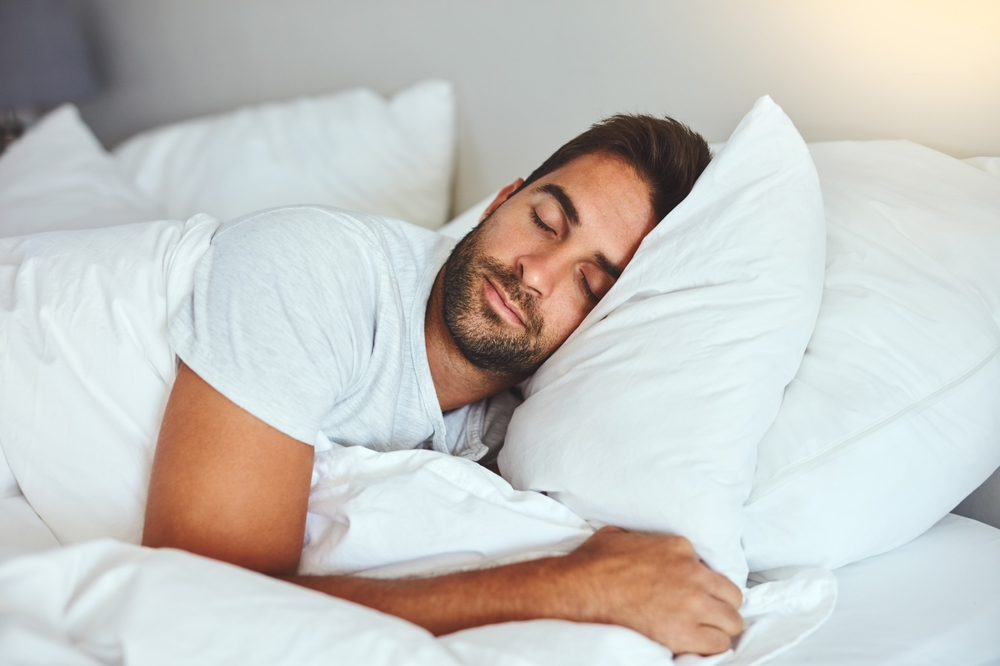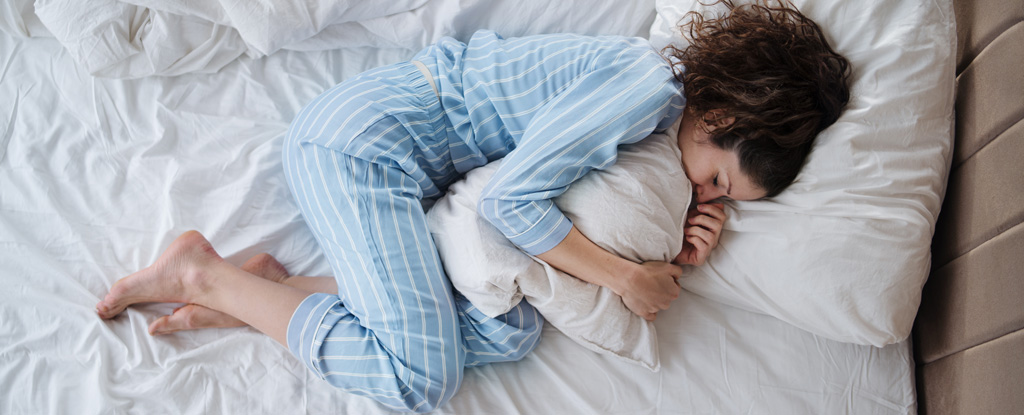Being a foster parent means making a change in a child’s life. These people are compassionate and caring and always ready to open their hearts and homes to minors in need of love and kindness.
Lamont Thomas from Buffalo, New York, has devoted the last 20 years of his life fostering children. Speaking to Good Morning America of the time he welcomed the first child, this amazing man says, “In the beginning, I was helping out some friends. They had lost their child to the system. I went on and got certified and became a foster parent. I haven’t stopped since.”
Believe it or not, Lamont has fostered more than 30 kids, five of which he officially adopted. So with his two biological children, Anthony and LaMonica, he became a father of seven.

The first kid Lamont adopted is Michael Thomas. He’s now 27 and recalls the time he became part of the family.
“He was my third foster home and it ended up being my forever home,” Michael said. “He [knew] my biological parents.”
“Lamont never turned [a child] away,” Michael added. “They either aged out or went back home to their own families.”
With seven kids to take care of on his own, Lamont knew he was done adopting, but then he came across a very special case that made him change his mind.

Five siblings aged 5,4,3,2 and 1, who were children of one of Lamont’s foster kids were placed in foster homes themselves. Lamont was sad the kids got to experience their parent’s fate, and his heart tore apart when he learned Zendaya, Jamel, Nakia, Major, and Michaela were separated. Not only they were taken in by four different families, but they were also in four different cities.
Sadly, that meant one thing, that they wouldn’t be raised together.
That’s when Lamont stepped in. He just couldn’t let the siblings spend their childhood without being by each other’s side so he re-certified as a foster parent and adopted all of them.
Some of his older kids had moved from the house already and had families on their own, so Lamont knew he was making the right decision as he could devote all his time to the new addition to the family.
“I was fighting to keep back the tears,” he said of his adoption day with Judge Lisa Rodwin. “Every day I think about it, my eyes swell up. All that we endured to make this happen, it was something.”
This incredible single dad was now a father of 12 children. He knew things wouldn’t be easy, but he was willing to give it a go.
“They bring new energy to me,” Lamont shared. “They’re lovable kids, very affectionate. They deserve to be raised as siblings, and that was my fight.”

This is what sleeping on the left side does for our brain, stomach & glymphatic health
Most of us don’t think twice about how we sleep. We just curl up in whatever position feels most comfortable and drift off. But did you know that your sleeping position can affect your brain function, digestion, and overall health? Studies suggest that sleeping on your left side offers surprising benefits, from improving digestion to enhancing your brain’s natural detox system.
If you’ve never considered changing your sleep posture, now might be the time! Let’s explore the science behind left-side sleeping and how it can positively impact your body.
The Surprising Benefits of Sleeping on Your Left Side

Sleeping on your left side isn’t just about comfort—it can actually improve several bodily functions. Here are the top benefits of making the switch.
Supports a Healthier Spine & Reduces Back Pain
Ever wake up with an aching back? Sleeping on your stomach or even your back can put unnecessary strain on your spine. When you sleep on your left side, your spine stays in a more natural alignment, reducing tension in your lower back. If you suffer from chronic back pain, switching to your left side could be a game-changer.
Helps Reduce Snoring & Sleep Apnea Symptoms
Snoring happens when the airway is partially blocked. When you sleep on your back, your tongue and soft palate fall backward, making snoring worse. Side sleeping, especially on the left side, keeps your airway open, reducing both snoring and symptoms of sleep apnea. If your partner often complains about your snoring, this might be the easiest fix.
Video : What Sleeping On Your Left Side Does For Our Brain, Stomach And Lymphatic Health
Aids Digestion & Reduces Acid Reflux
Sleeping on your left side can actually help your digestive system. Since your stomach is naturally positioned on the left side of your body, lying on that side allows gravity to aid digestion. This can help prevent acid reflux and heartburn, improve digestion by helping food move smoothly through the intestines, and reduce bloating and constipation.
Boosts Brain Health Through the Glymphatic System
Did you know your brain has a built-in cleaning system? It’s called the glymphatic system, and it works mainly while you sleep. This system helps flush out toxins and waste that accumulate in the brain during the day.
Research suggests that side sleeping improves glymphatic drainage, meaning it can help remove harmful substances linked to neurological diseases like Alzheimer’s and Parkinson’s. In short, sleeping on your left side may support better brain health and reduce the risk of cognitive decline.
Enhances Circulation & Heart Health
Sleeping on your left side also helps your heart work more efficiently. Because your aorta (the main artery) curves to the left, sleeping on this side reduces pressure on the heart, making it easier for blood to flow.
For pregnant women, doctors highly recommend sleeping on the left side to improve circulation to both the mother and the baby.
How to Train Yourself to Sleep on Your Left Side

If you’re a back or stomach sleeper, you might be wondering how do I train myself to sleep on my left side? Here are some helpful tips.
Use the Right Pillow & Mattress
A firm mattress and a good pillow will support your neck and keep your spine aligned while you sleep. A memory foam pillow that conforms to your head and neck is ideal.
Use a Pillow as a Barrier
Placing a pillow behind your back can prevent you from rolling onto your back while you sleep. If you want extra support, try hugging a pillow to keep your upper body stable.
Put a Pillow Between Your Knees
If you experience hip or knee discomfort, a small pillow between your knees can help reduce strain on your joints and keep your spine aligned.
Wear a Sleep Shirt with a Tennis Ball
This is an old trick, but it works. Sewing a tennis ball into the back of your sleep shirt makes it uncomfortable to roll onto your back, helping you stay on your side.
Try Sleeping on a Couch Temporarily
If you’re struggling to train yourself, sleeping on a narrow couch for a few nights might help, as it naturally limits movement.
The Downsides of Side Sleeping

While sleeping on your left side has numerous benefits, it’s not perfect for everyone. Here are a few potential drawbacks.
Shoulder & Hip Discomfort
If you sleep on a too-firm mattress, your shoulder and hip may feel sore due to added pressure. The solution is a softer mattress or a memory foam topper that can help cushion these areas.
Facial Wrinkles & Puffiness
Pressing your face into a pillow every night can cause wrinkles over time. If this concerns you, try using a silk pillowcase to reduce friction on your skin.
Jaw Stiffness
If you suffer from TMJ (jaw pain), sleeping on one side might add pressure to your jaw. Switching sides occasionally or using a softer pillow can help alleviate this issue.
Comparing Sleeping Positions: Which Is Best for You?
If sleeping on your left side doesn’t feel right for you, let’s compare other sleeping positions.
Sleeping on Your Back: Pros & Cons
Pros:
- Good for spinal alignment
- Reduces pressure on joints
- Helps prevent facial wrinkles
Cons:
- Can worsen snoring and sleep apnea
- Increases risk of acid reflux
Sleeping on Your Stomach: Pros & Cons

Pros:
- Can reduce snoring
Cons:
- Puts strain on the neck and spine
- Increases risk of back pain
- Can restrict breathing.
Sleeping on Your Right Side: Pros & Cons
Pros:
- Still helps with snoring
- Better than stomach sleeping
Cons:
- Can worsen acid reflux
- Doesn’t support circulation as well as left-side sleeping
Video : Sleeping on Your Left Side…Your Body’s Best Resting Position! Dr. Mandell
Final Thoughts: Should You Switch to Sleeping on Your Left Side?
Your sleep position plays a bigger role in your health than you might realize. While everyone has their own preferred sleeping posture, sleeping on your left side offers significant benefits for your brain, digestion, heart, and spine.
If you often wake up with back pain, acid reflux, or poor circulation, making the switch to left-side sleeping might improve your overall well-being. However, comfort is key, so if this position doesn’t feel right, listen to your body and find what works best for you.
Now, over to you. Do you sleep on your left side, or will you try switching? Let us know in the comments. Sweet dreams and better sleep ahead!



Leave a Reply